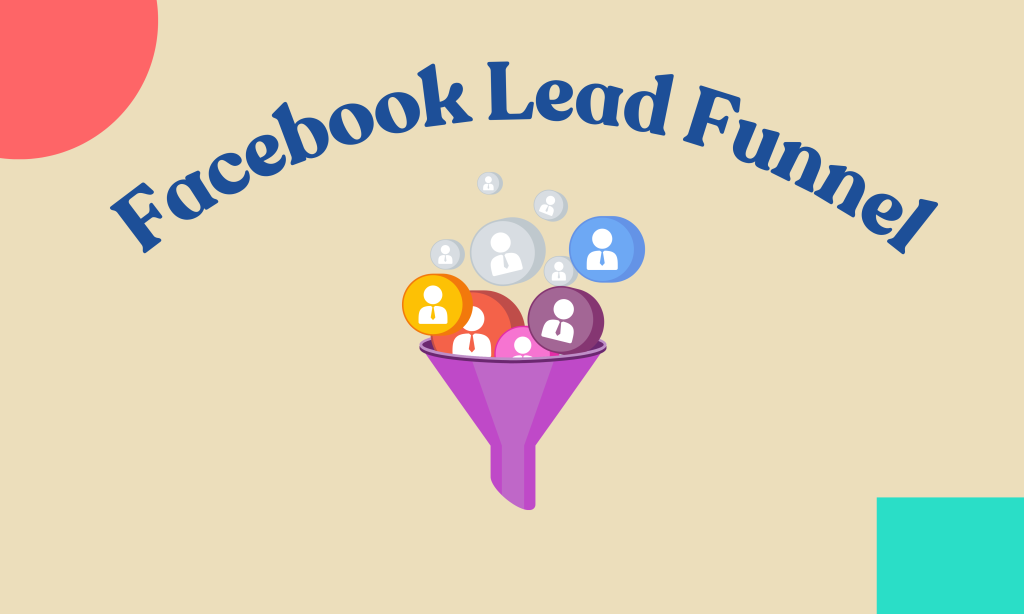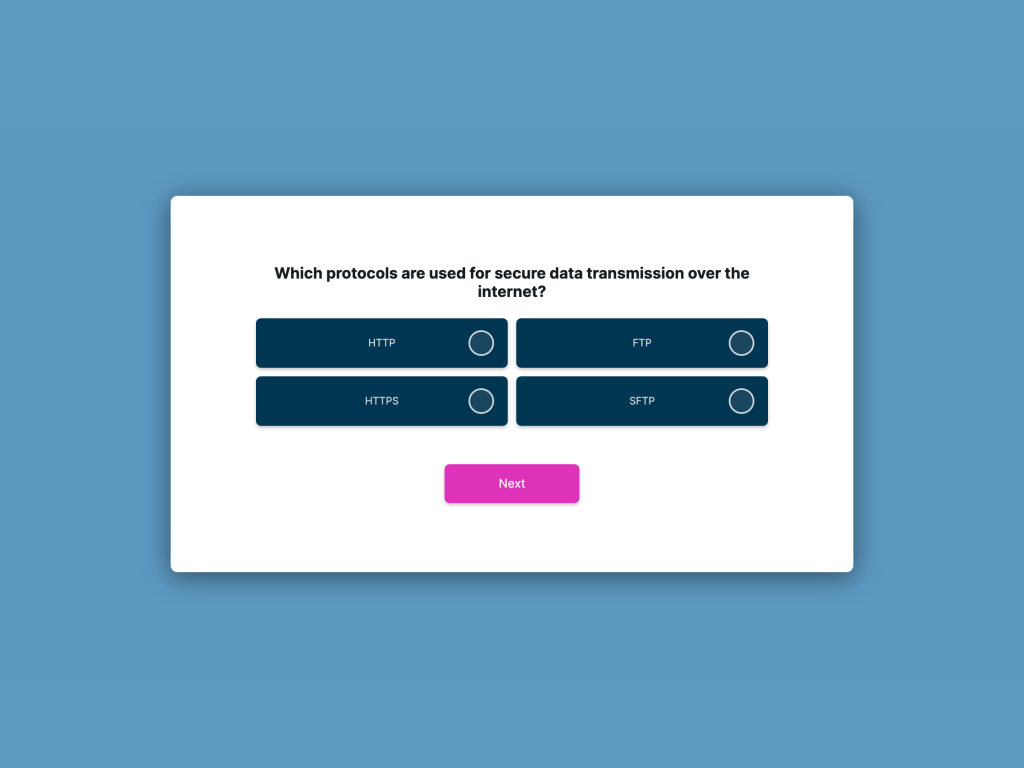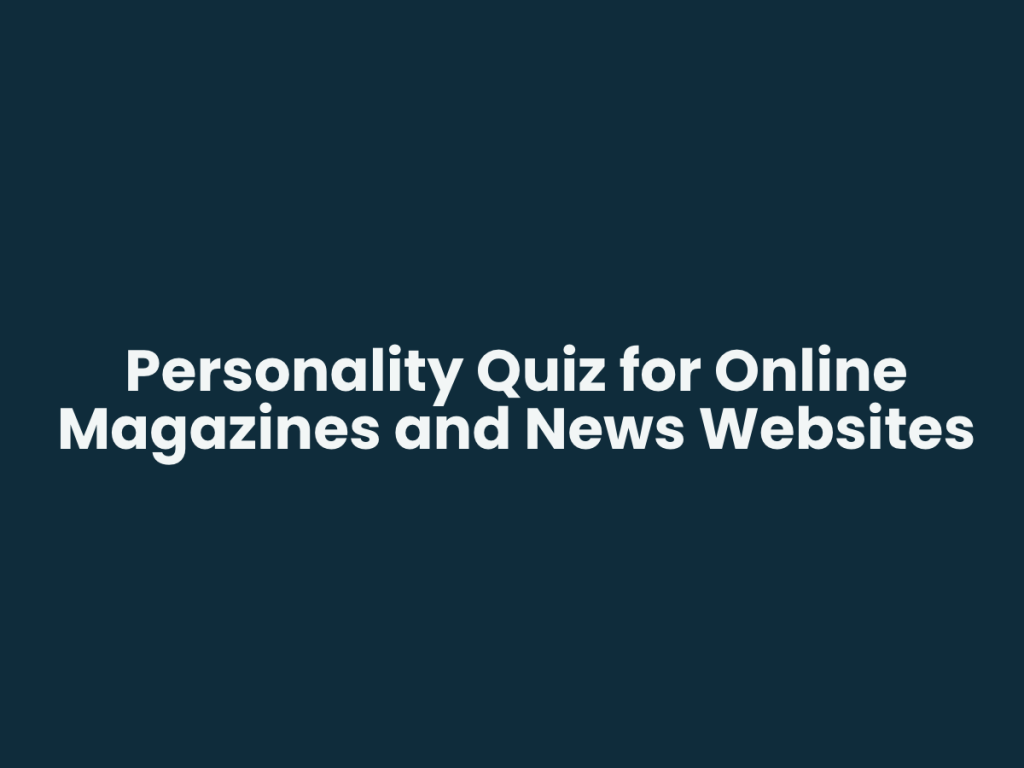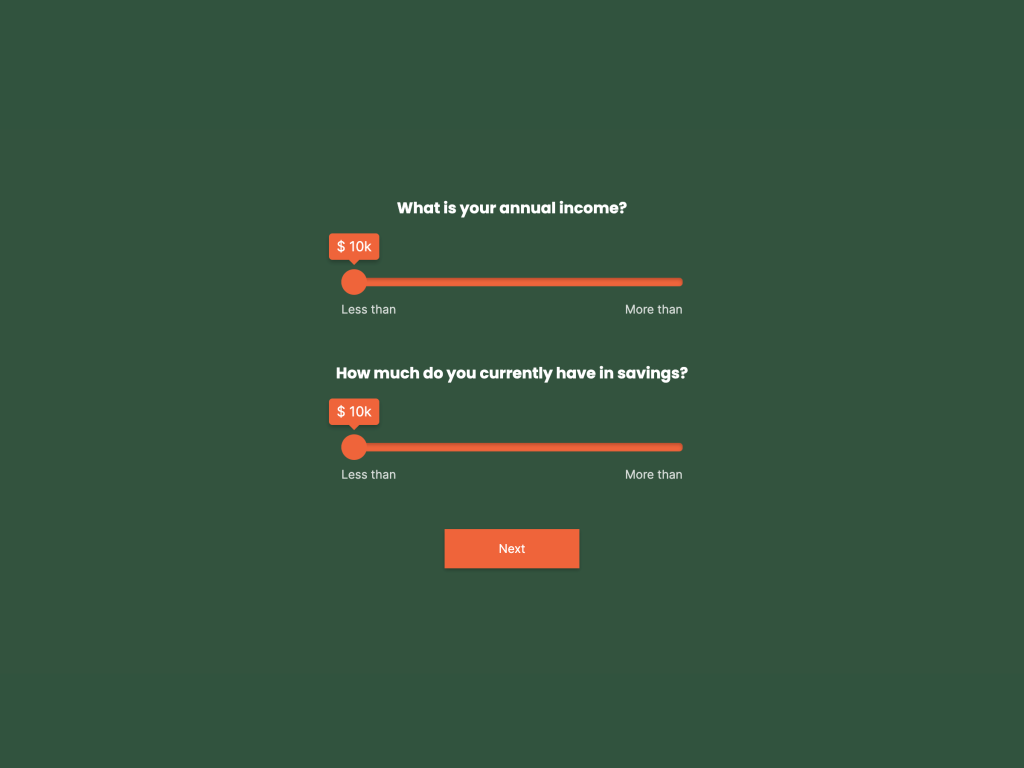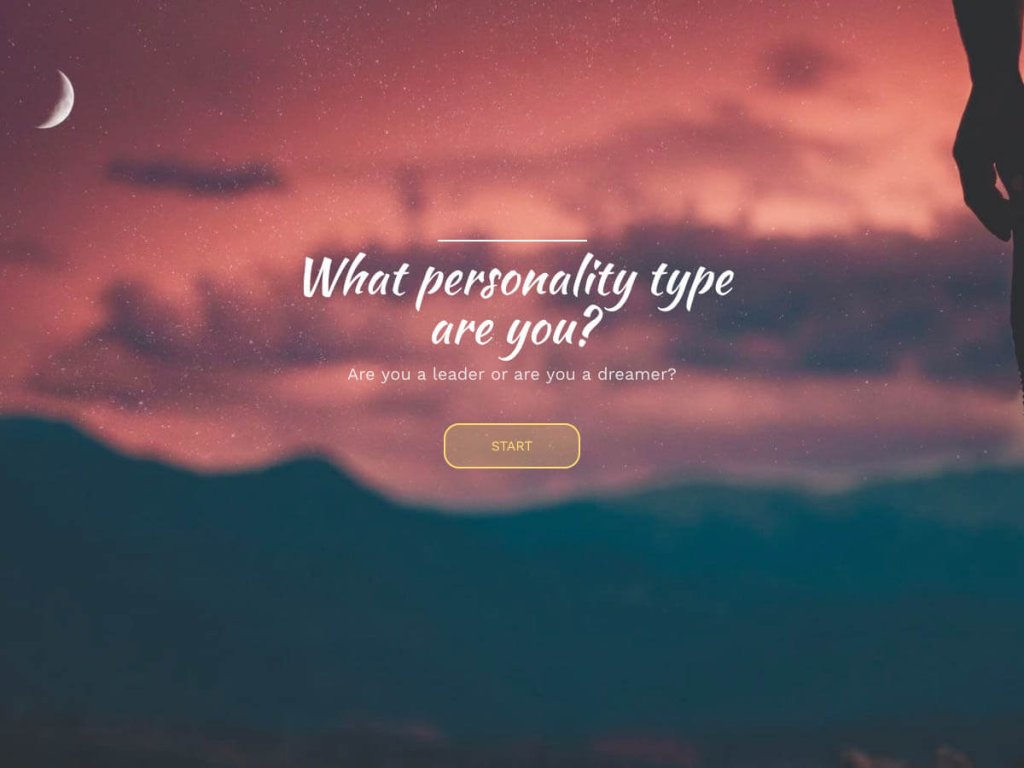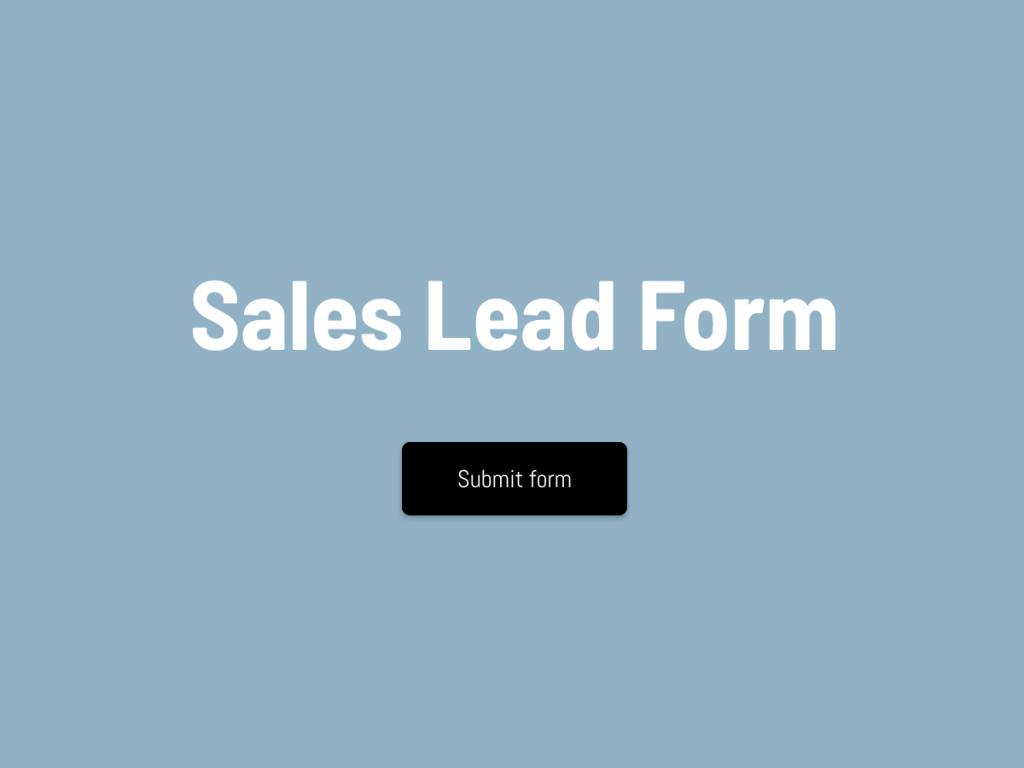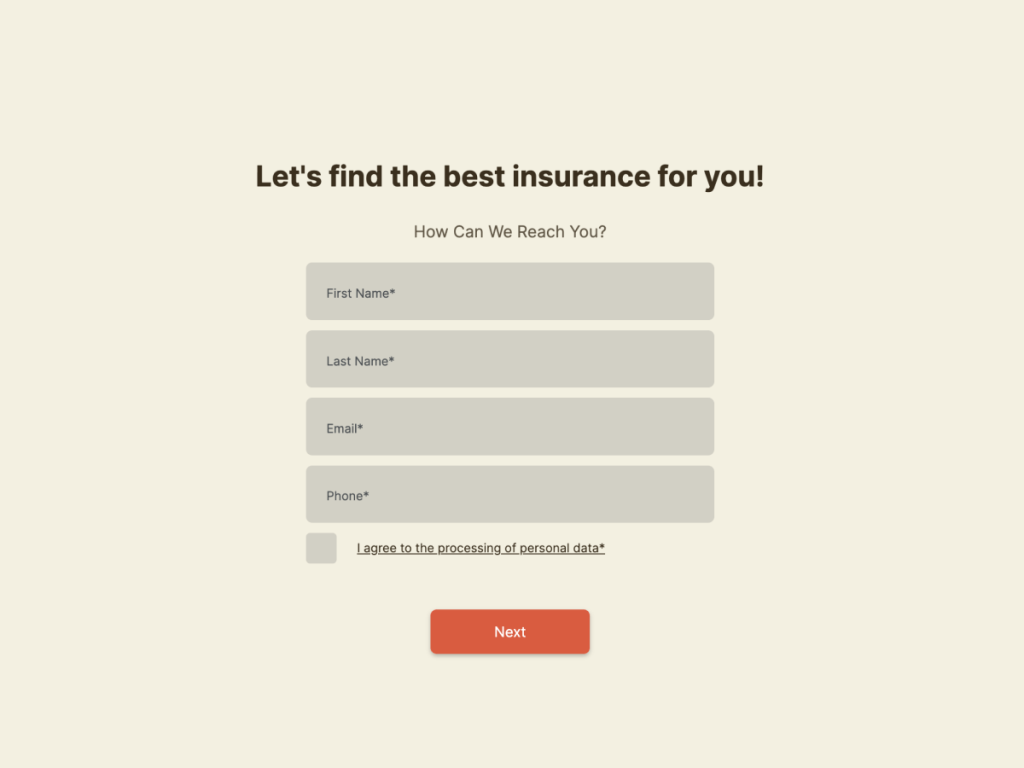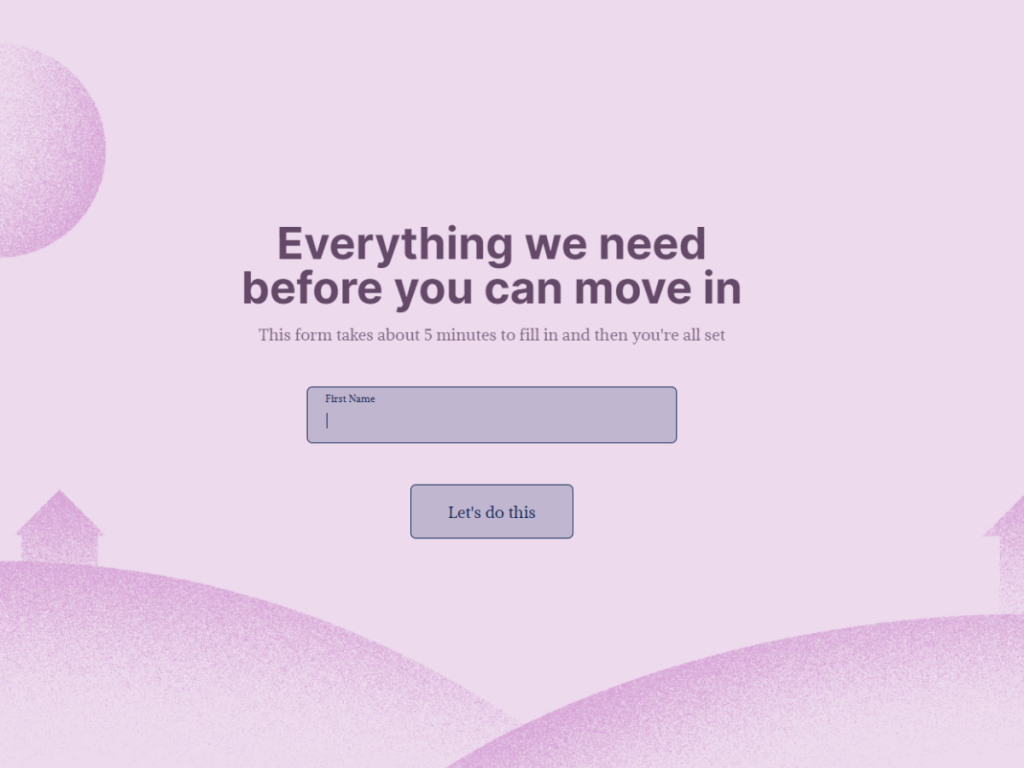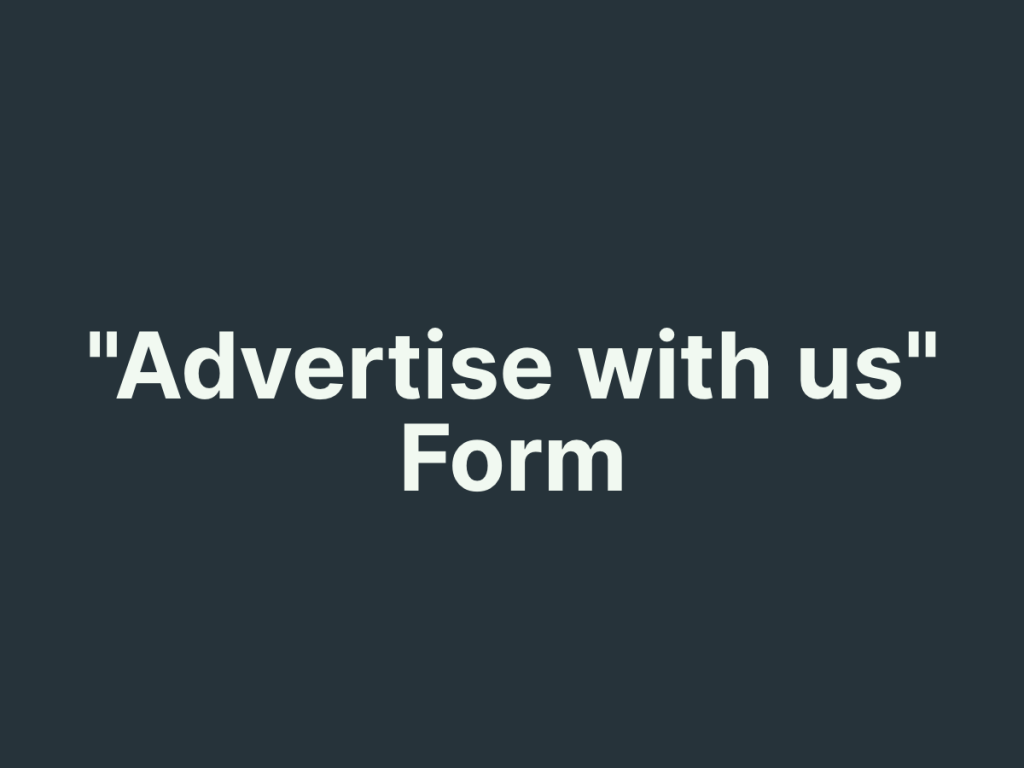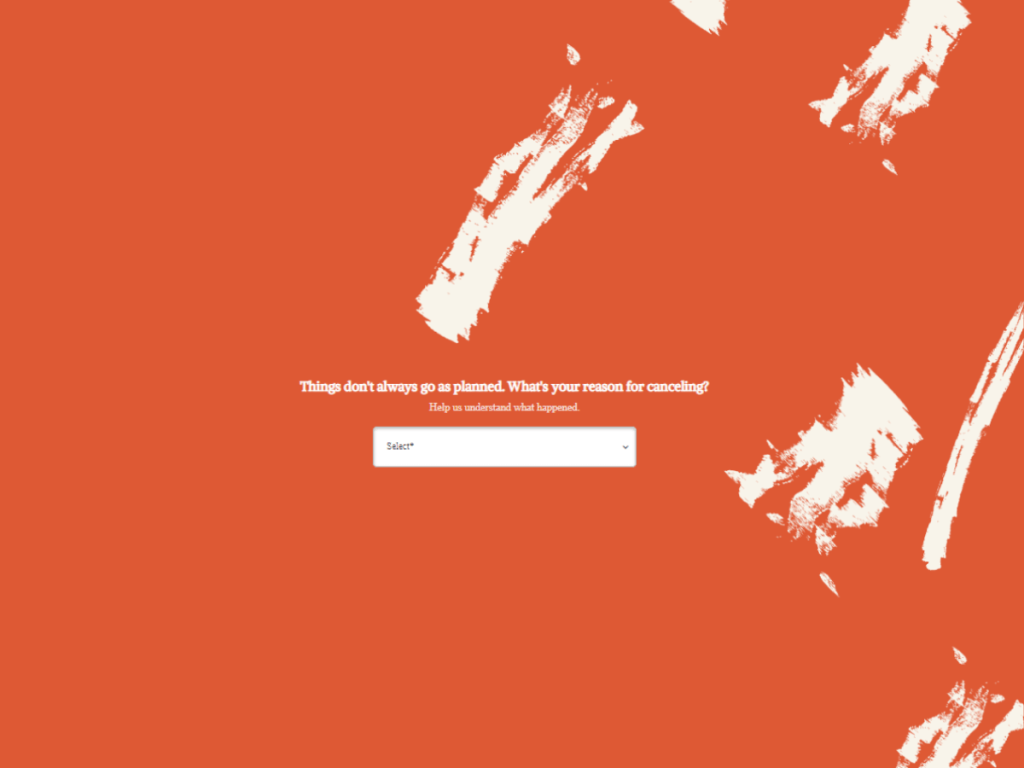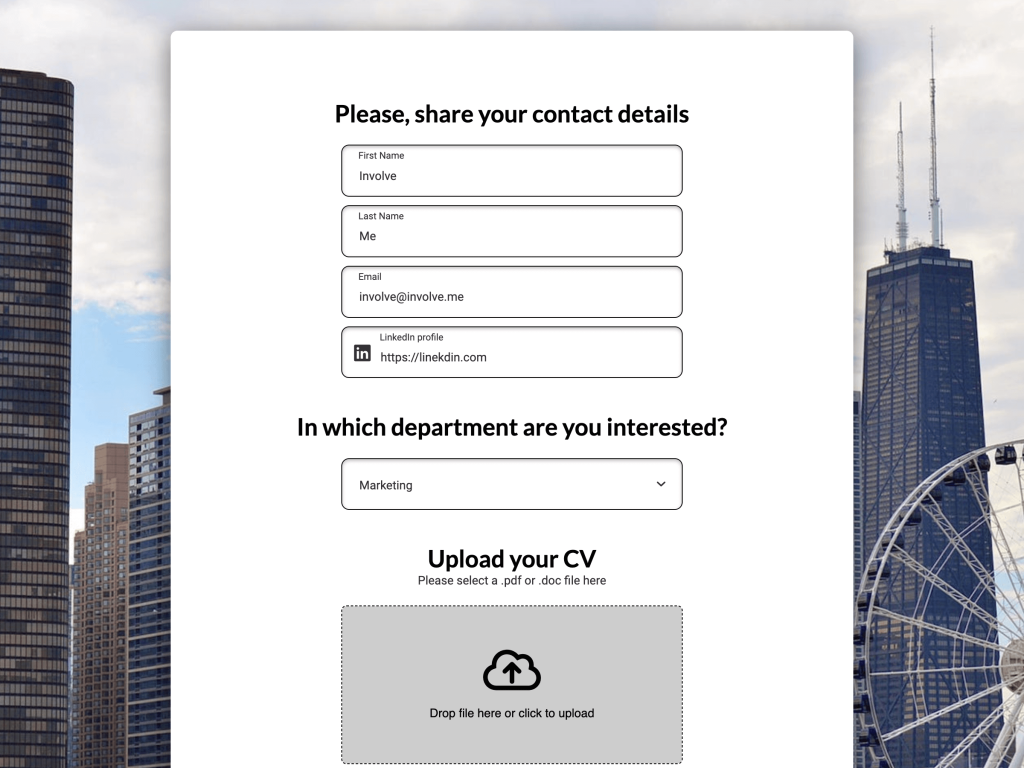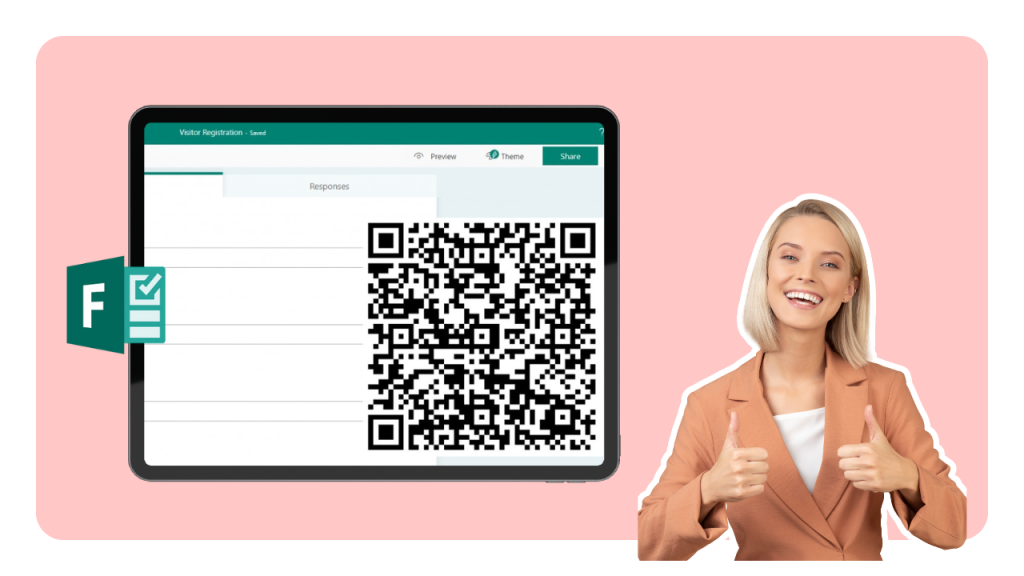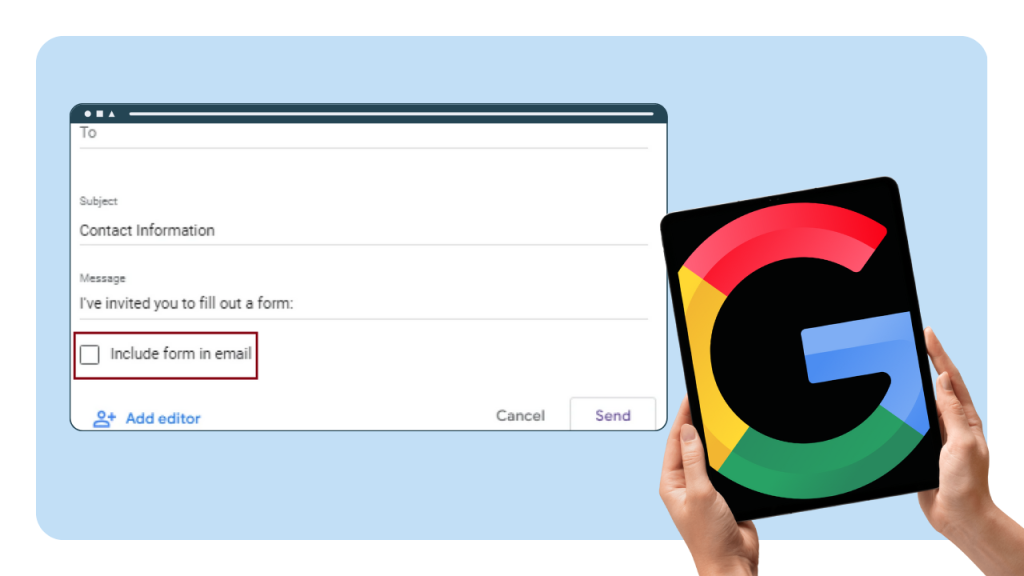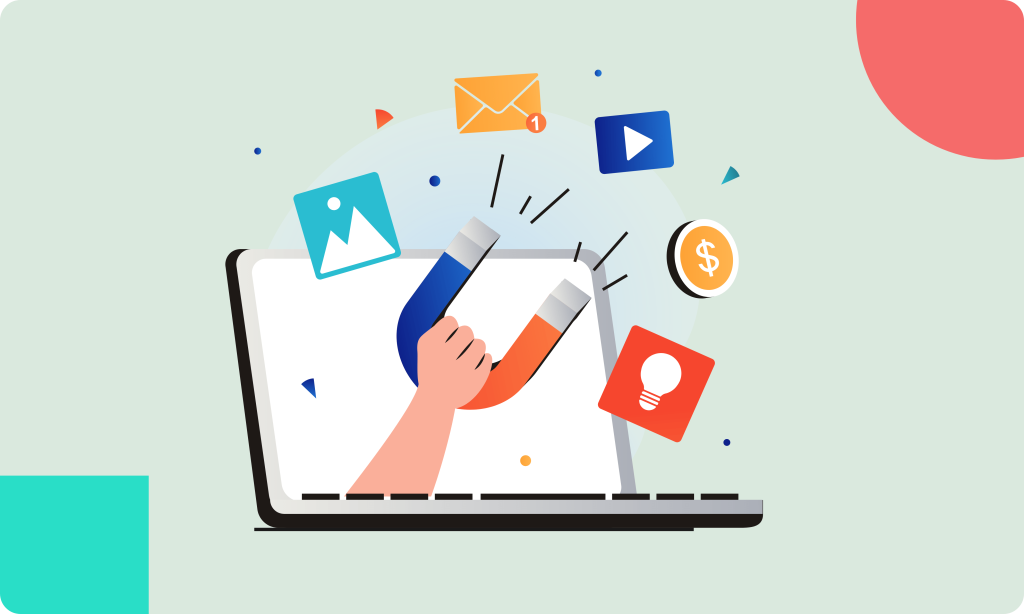Although Facebook started off as a socializing platform, today, in the age of digital marketing, it has evolved as a powerhouse for businesses looking to generate leads and drive conversions. With its extensive user base and advanced targeting options, Facebook offers a fertile ground for building effective lead funnels. And marketers should definitely leverage it as an opportunity to increase their sales and boost their conversions.
Although Facebook started off as a socializing platform, today, in the age of digital marketing, it has evolved as a powerhouse for businesses looking to generate leads and drive conversions. With its extensive user base and advanced targeting options, Facebook offers a fertile ground for building effective lead funnels. For marketing departments, using Facebook lead funnels is helpful specifically for building an email list of verified contacts. And marketers should definitely leverage it as an opportunity to increase their sales and boost their conversions.
However, navigating the complexities of this platform requires a strategic approach. If you're not sure about these approaches, this post is for you.
In this guide, we'll explore the steps to creating a successful lead funnel on Facebook. But before that, let's understand what a Facebook lead funnel is.
What is a Facebook Lead Funnel?
A Facebook lead funnel is a strategic marketing tool specifically designed to capture and nurture leads directly within the Facebook platform. A Facebook lead funnel guides potential customers through a series of stages designed to increase engagement and ultimately drive conversions by leveraging the site’s vast user base and advanced targeting capabilities. Here’s a detailed look at what a Facebook lead funnel entails:
Definition and Purpose
A lead funnel, in general, is a model used by marketers to understand and map out the customer journey from initial awareness of a brand or product to the final decision to purchase.
On Facebook, this funnel takes advantage of the platform’s unique features to attract users, engage them with content, and convert them into leads.
The primary goal of a Facebook lead funnel, in this context, is to convert visitors into subscribers by collecting verified email addresses. But, if the HR department is using Facebook to recruit new talent in their company then it also serves as a social recruiting funnel.
Components of a Facebook Lead Funnel
Awareness Stage: This is the top of the funnel (TOFU), where potential leads are first introduced to your brand. Facebook ads are commonly used at this stage to capture the attention of a broad audience through targeted campaigns that highlight compelling content, special offers, or insightful information about your products or services.
Engagement/Interest Stage: Once awareness is achieved, the next step involves deepening that interest. This middle of the funnel (MOFU) strategy often includes more focused content such as videos, webinars, or interactive posts that encourage users to interact more significantly with the brand. It’s about building a relationship and establishing trust.
Conversion Stage: At the bottom of the funnel (BOFU), the aim is to convert those engaged and interested users into actual leads. This is achieved by employing strategies that encourage users to provide their email addresses, such as offering gated content or exclusive offers available only through signing up.
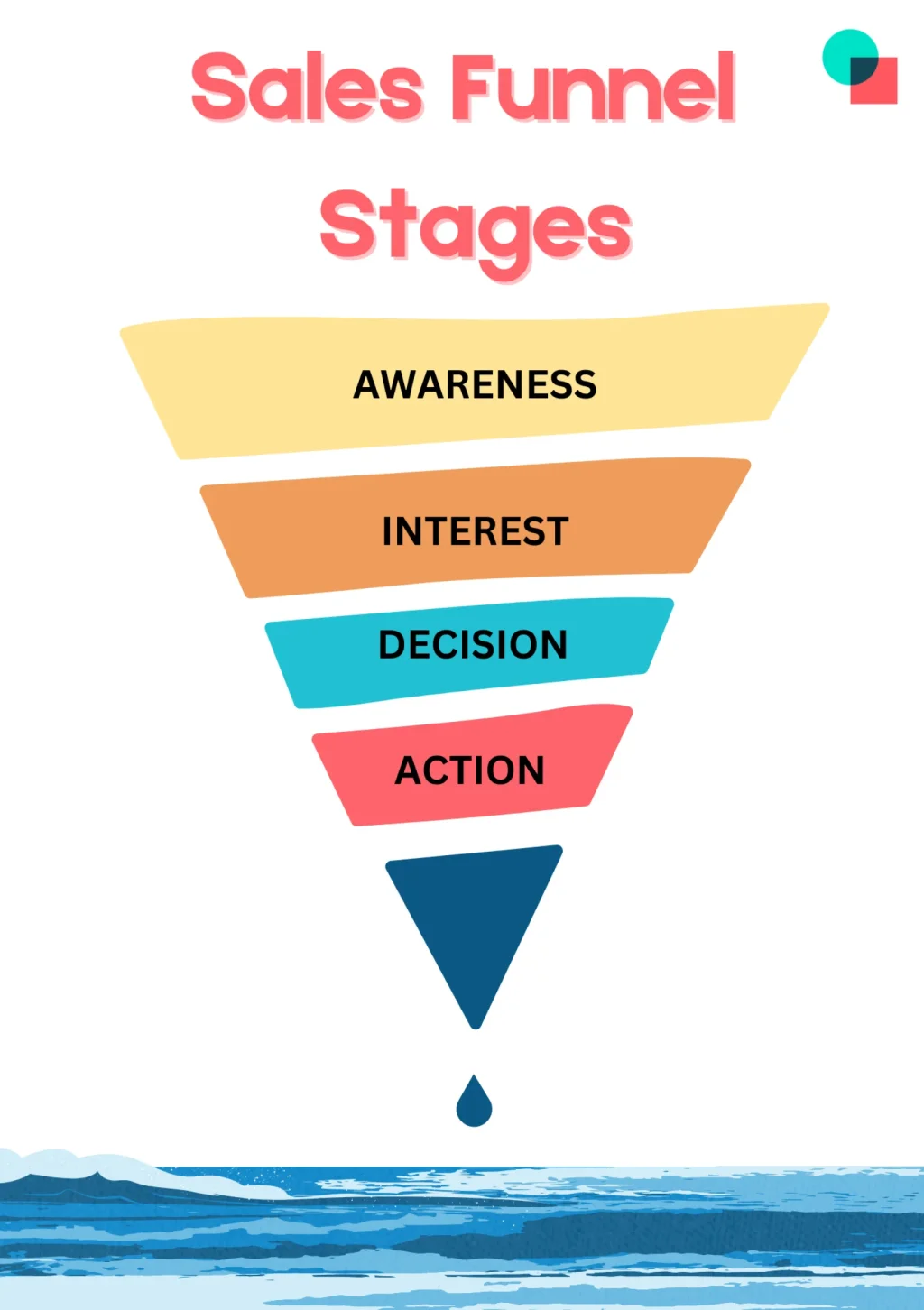
How It Works on Facebook
Facebook facilitates each stage of the lead funnel through various tools and features:
Facebook Ads: You can create ads tailored to different stages of the funnel. For example, awareness ads might focus on reach, while conversion ads might use lead forms to collect user data.
Lead Ads: Facebook’s lead ads simplify the conversion process. They allow users to submit their information through pre-filled forms without leaving the platform, making it incredibly efficient at capturing high-quality leads.
Custom Audiences and Retargeting: Facebook allows you to target or retarget specific audiences based on previous interactions. This means you can push targeted content to users who have already shown interest in your brand, increasing the likelihood of conversion.
Analytics: Tracking and analyzing user interactions and campaign performance is facilitated by Facebook’s in-depth analytics tools, helping marketers refine their strategies and improve the effectiveness of their funnels.
Benefits
The primary benefit of using a Facebook lead funnel is its ability to segment and target specific user groups in a highly focused manner. Businesses can effectively nurture leads in a controlled and measurable environment by customizing the funnel stages to the behaviors and preferences of Facebook users.
This strategic approach not only increases the number of leads but also enhances the quality of those leads, ensuring that the email addresses collected are from engaged and interested users, providing a better return on investment.
How To Create a Lead Funnel On Facebook (Step By Step)
Having understood what a Facebook lead funnel is and its significance in streamlining the customer acquisition process, let’s delve into the practical steps of creating one.
We will use involve.me, renowned as a versatile lead funnel builder that enables businesses to create, manage, and optimize their lead generation processes seamlessly.

With its intuitive design and comprehensive suite of interactive tools such as quizzes, surveys, calculators, and forms, involve.me helps companies design funnels that not only capture but also qualify and nurture leads effectively. This tool is particularly useful for marketing departments focused on building a database of verified contacts. Here’s a comprehensive guide to setting up your Facebook lead funnel using involve.me.
Step 1: Set Up Your Facebook Business Page
Begin by ensuring that your Facebook Business Page is fully optimized to support a targeted lead funnel. This includes verifying that all business information presented is accurate, up-to-date, and reflects your brand consistently.
An essential part of this setup is integrating a clear call-to-action (CTA) button that links directly to your involve.me lead funnel. This CTA should align with your marketing objectives, encouraging visitors to engage further by clicking through to your lead funnel.

Step 2: Designing Your Lead Funnel with involve.me
Begin by logging into your involve.me account. If you don’t have an account, you’ll need to sign up and choose the appropriate plan that suits your marketing needs. Once logged in, familiarize yourself with the dashboard as it’s where you will manage and create your funnels.
Choosing the Right Funnel Type:
Navigate to the ‘Create New Funnel’ area where you can select the type of funnel you wish to build. involve.me offers various templates tailored to different marketing goals, such as lead capture, customer feedback, and more.
For a Facebook lead funnel, consider creating a quiz. This will engage users interactively, making them more likely to complete the process and provide their details in a subsequent form.
Select a template that closely aligns with your visual brand and campaign objectives, or start from scratch if you prefer a completely custom funnel.
Create Your Own Facebook Lead Funnel
With One Of Our 350+ Templates
What's Your Travel Type? Template
Employee Training Quiz Template
Personality Quiz for Online Magazines and News Websites Template
How Long To Be A Millionaire Quiz Template
What Personality Type Are You? Template
Computer Skills Assessment Template
Customizing Your Funnel:
Use the drag-and-drop editor to add different elements to your funnel. This editor is intuitive and allows you to insert, move, and resize components like text boxes, images, video embeds, and CTA buttons without needing any coding skills.
Also, incorporate branding elements such as your logo, brand color schemes, and fonts. Consistency in design enhances brand recognition and trust, which are crucial in converting leads into customers.

Design questions that are not only engaging but also relevant to the data you need to qualify leads. For instance, questions can gauge interest in specific products or services, assess customer needs, or collect demographic information.
Moreover, add a form in the end and carefully choose which information fields to include. Typical fields involve name, email address, phone number, and perhaps a dropdown to select specific interests or needs relevant to your offering.
Implementing Conditional Logic:
Conditional logic is a powerful feature that allows your funnel to adapt based on user responses. This adaptability makes the user experience more personalized and engaging, increasing the likelihood of lead capture.
Set up rules in the quiz that trigger different actions. For example, if a user indicates a specific interest in a question, the next step can show them more information or a tailored form related to that interest.
Configure the flow such that the responses guide the users through a journey that aligns with their inputs. For instance, if a user scores low in knowledge about a product, they can be directed to educational content instead of a sales-oriented form.
You also need to ensure that the transitions between different parts of the funnel are smooth and logical. Each interaction should feel like a natural progression rather than a disjointed set of screens.

Review and Test:
Once your funnel is set up, preview it within involve.me to ensure everything looks and works as expected. Check for any typographical errors, misalignments, or non-functional elements.
Test the funnel by completing the quiz and form yourself to see how the conditional logic and overall flow work in a real scenario. It’s also wise to have colleagues or friends test it and provide feedback on the user experience.
Step 3: Integrate Tools and Automate Data Flow
Integration and automation are key to streamlining your lead generation process. Connect your funnel with your Facebook page for easy accessibility and sharing options.
Additionally, integrate involve.me with your existing CRM systems, such as Salesforce or HubSpot, and email marketing platforms like Mailchimp or ActiveCampaign. This setup ensures that data flows seamlessly from the funnel to your marketing stack, enabling real-time lead nurturing and follow-up actions without manual intervention.
You can begin by establishing a robust email list. From there, initiate a personalized email marketing campaign. This approach ensures that your messages are customized to address the specific needs of your leads.
Segment your leads based on their interests or engagement levels. Then, sending out targeted content that provides value and builds trust over time. You can also send out high-value offers, and offers with a limited period of time to grab quick attention from your leads.

Step 4: Launching Your Funnel and Monitoring Analytics
With your funnel designed and integrations set, launch it by promoting through targeted Facebook ads aimed at your ideal audience. Use involve.me’s built-in analytics to monitor how users interact with your funnel in real time.
This includes tracking completion rates, conversion metrics, and identifying where users are most likely to drop off. These insights are crucial for understanding the effectiveness of your funnel and for making informed decisions on how to enhance its performance.

Step 5: Optimizing Based on Analytics Insights
The final step involves using the analytics gathered from involve.me to optimize your funnel. Analyze the data to understand user behavior and interaction patterns within your funnel.
Based on these insights, make data-driven decisions to modify elements such as quiz questions and form fields. Continuously testing different versions of these elements can help you discover which combinations work best to improve engagement and increase the quality of leads.

Final Words
This guide outlines the steps for creating a lead funnel on Facebook using involve.me, emphasizing the ease of setup, the power of personalization, and the advantages of real-time analytics. Each step is designed to maximize your lead generation efforts, ensuring that you not only capture leads but also engage and convert them efficiently.
Use these insights to improve your digital marketing strategy and drive better results, specifically in building a powerful email list that can fuel your marketing campaigns.

